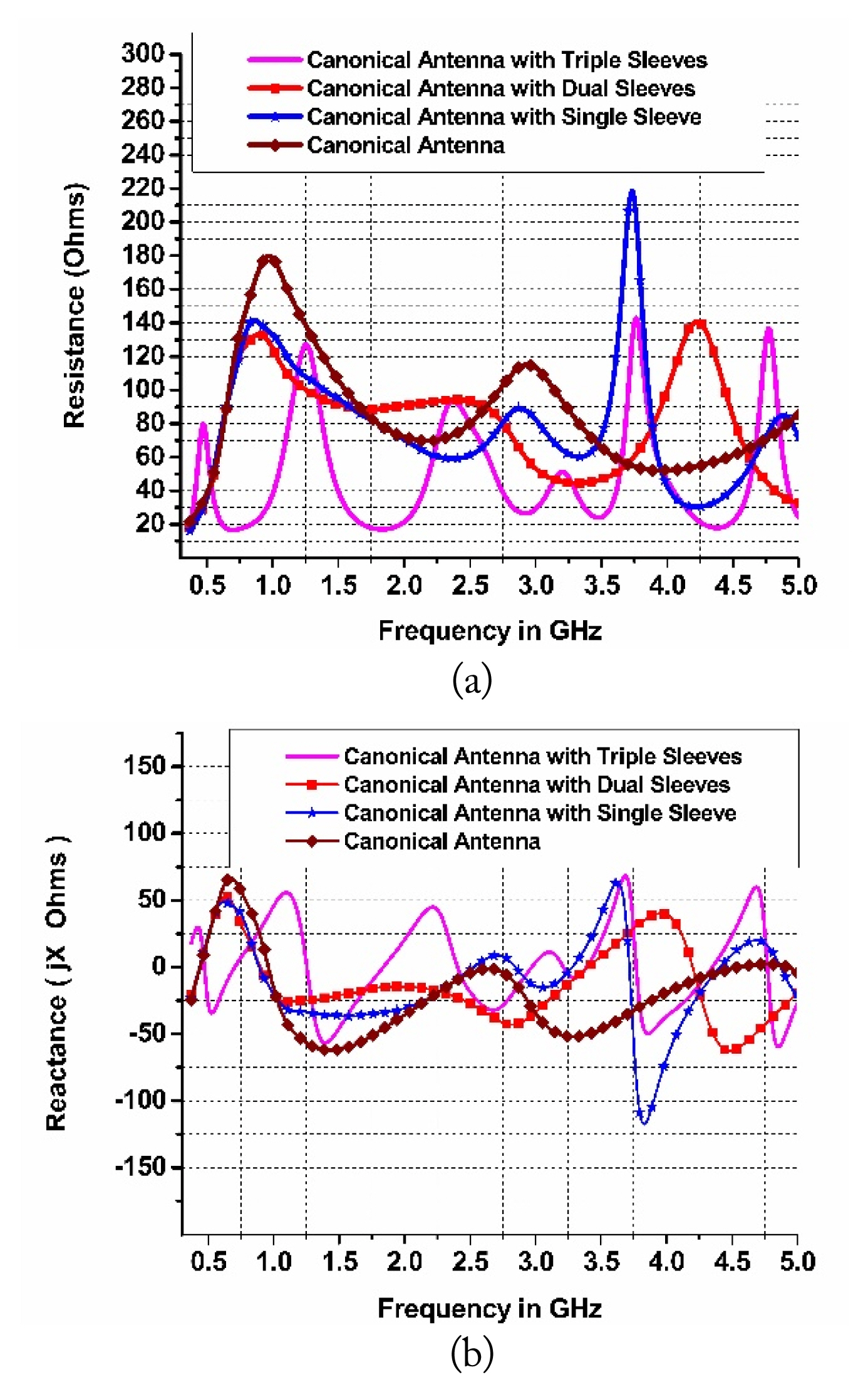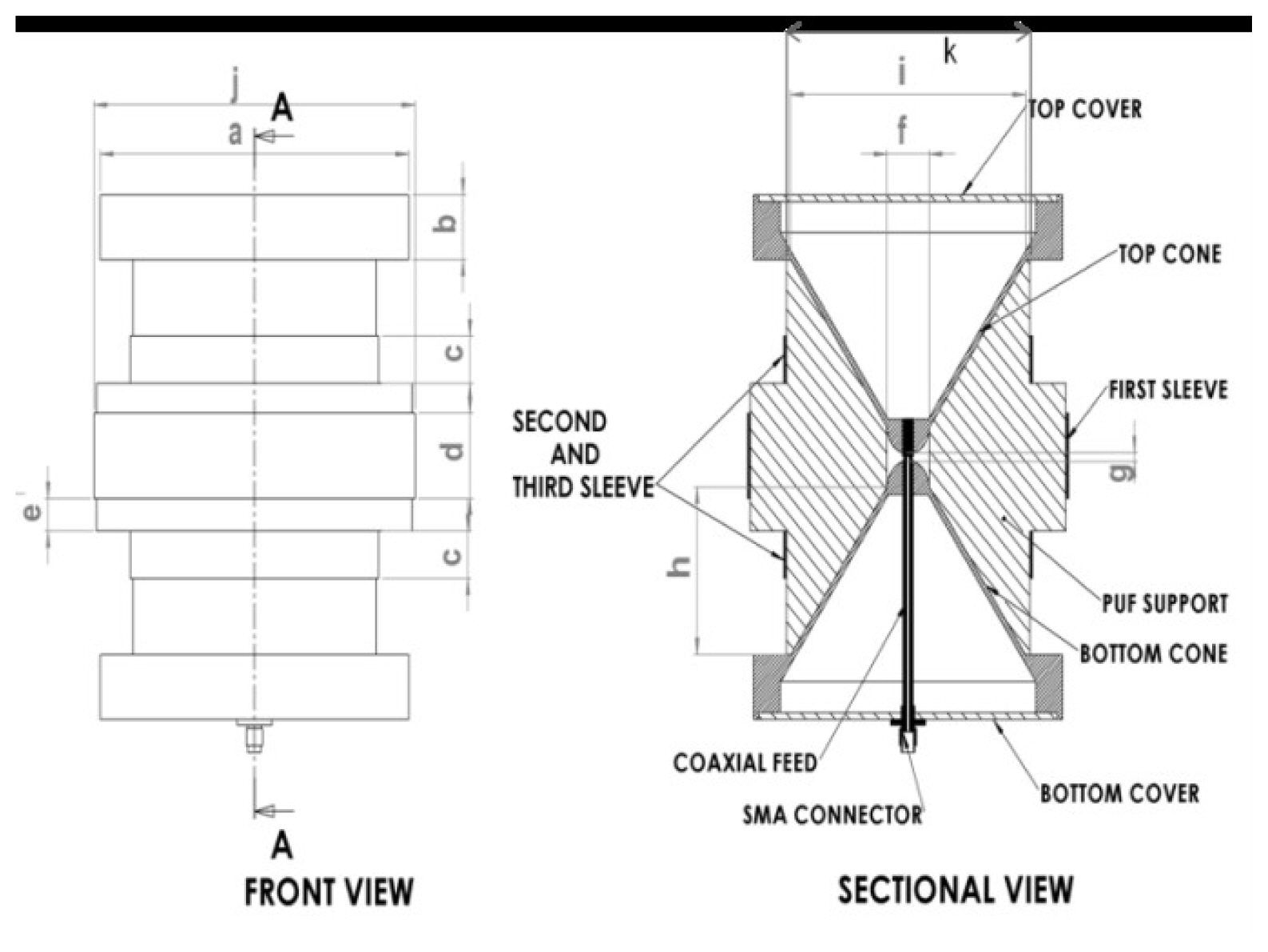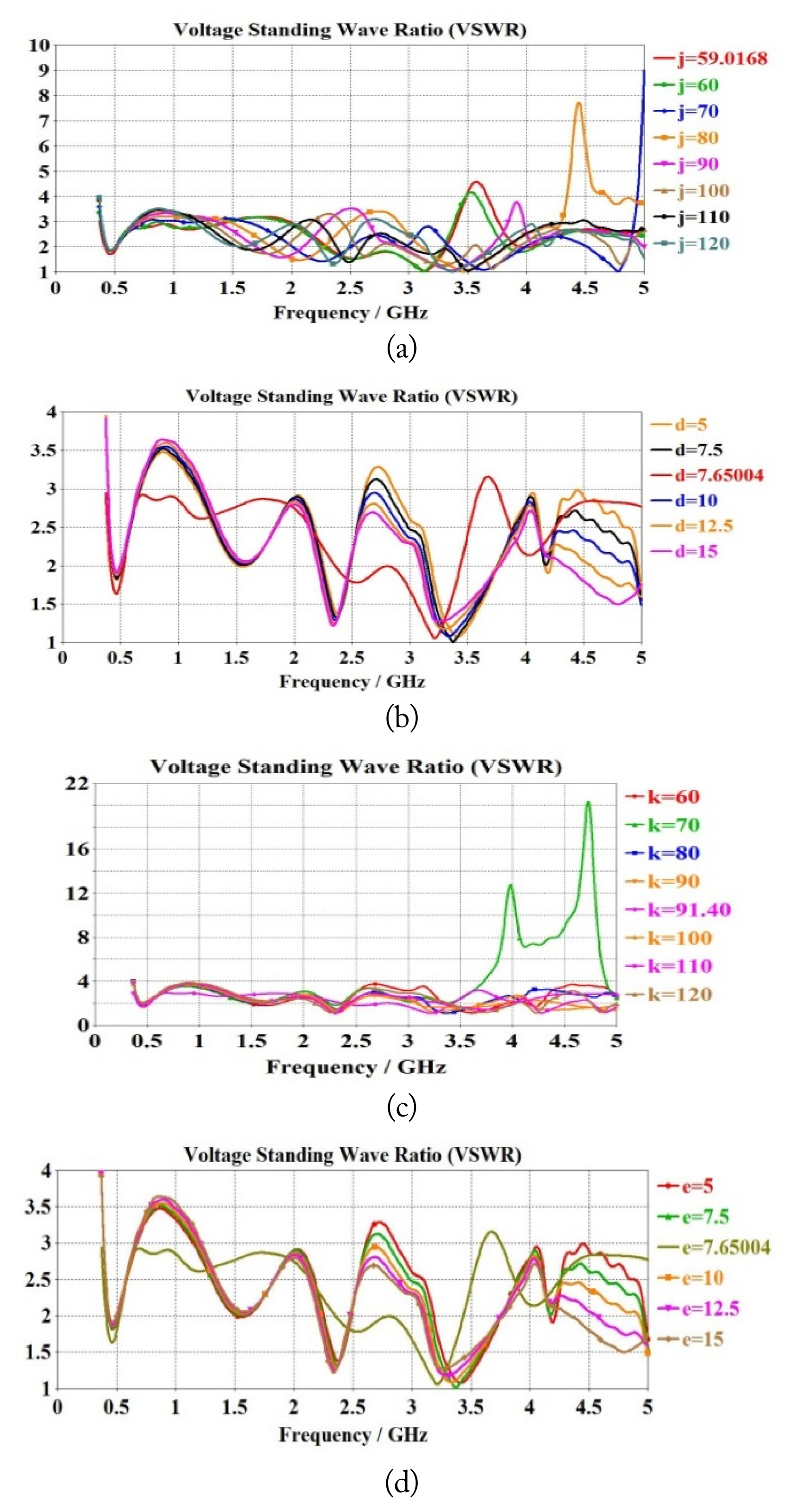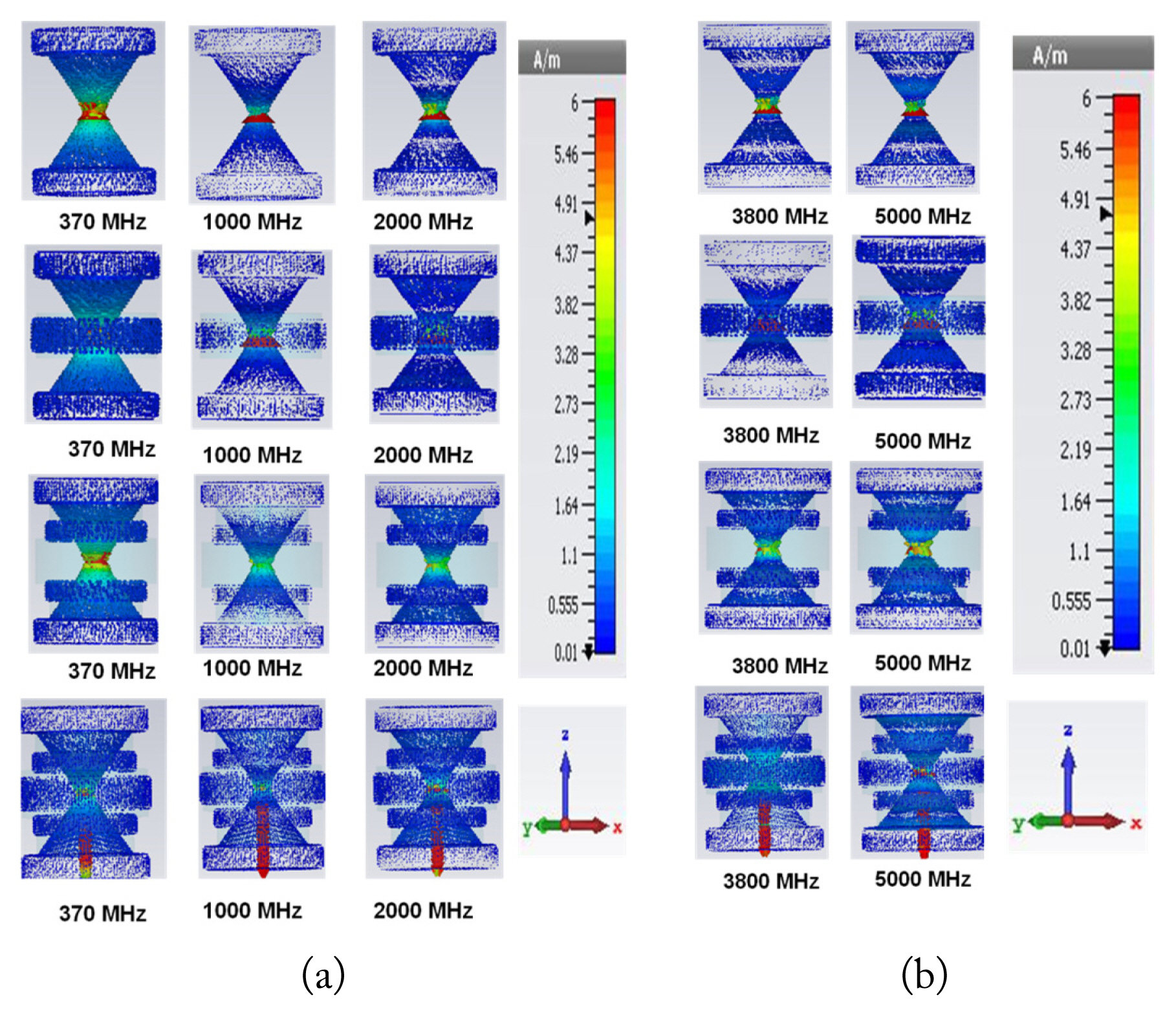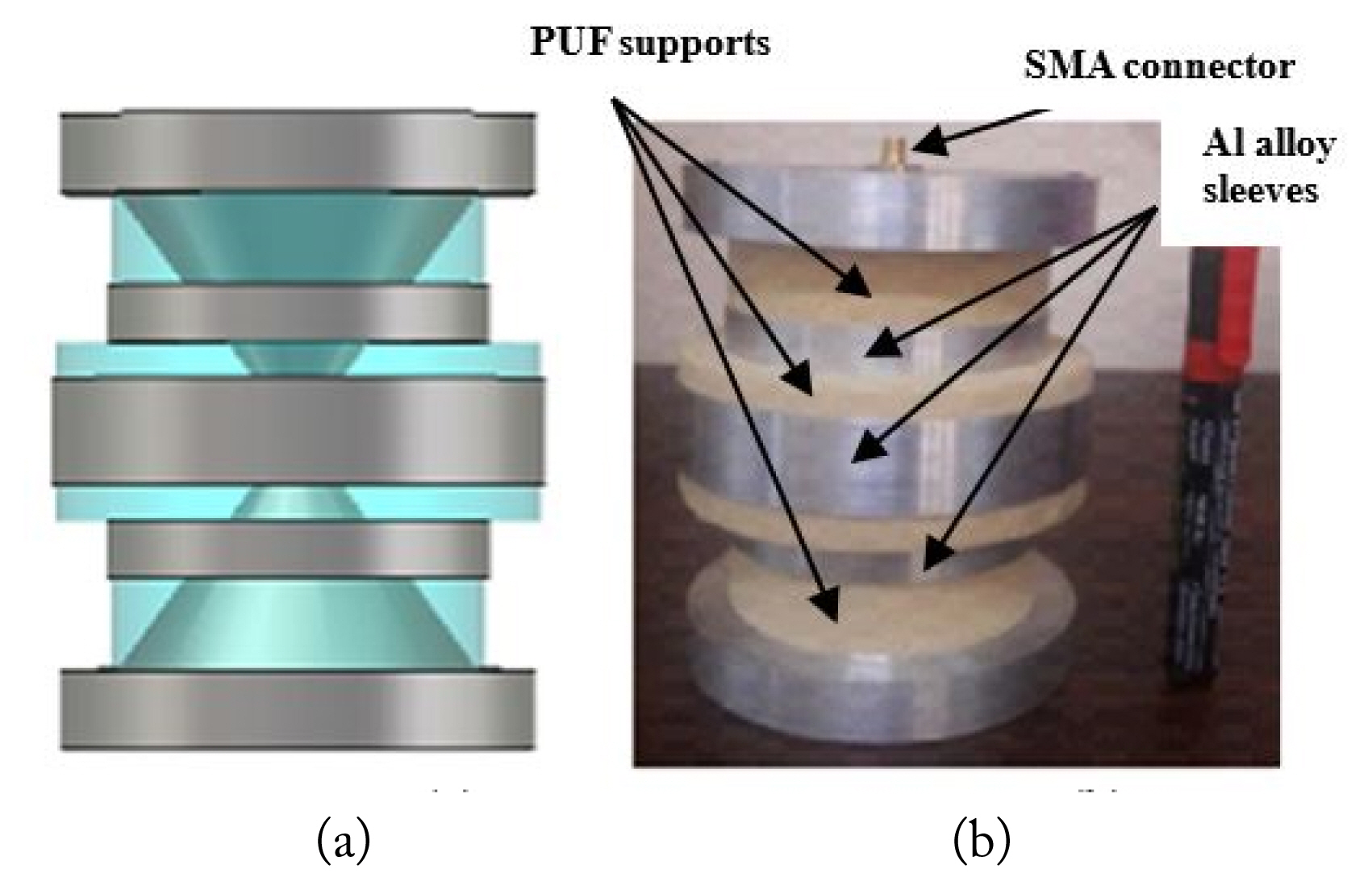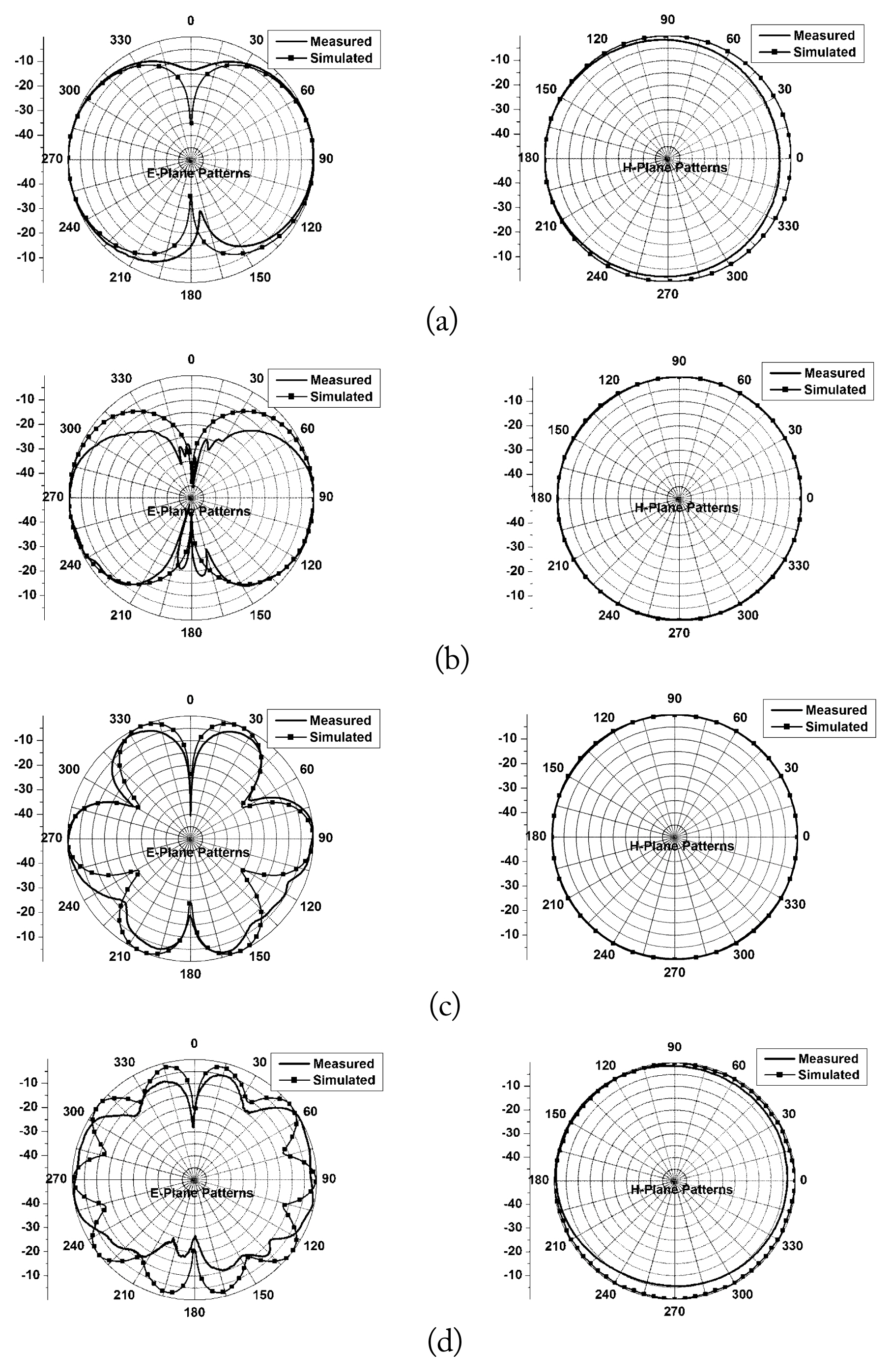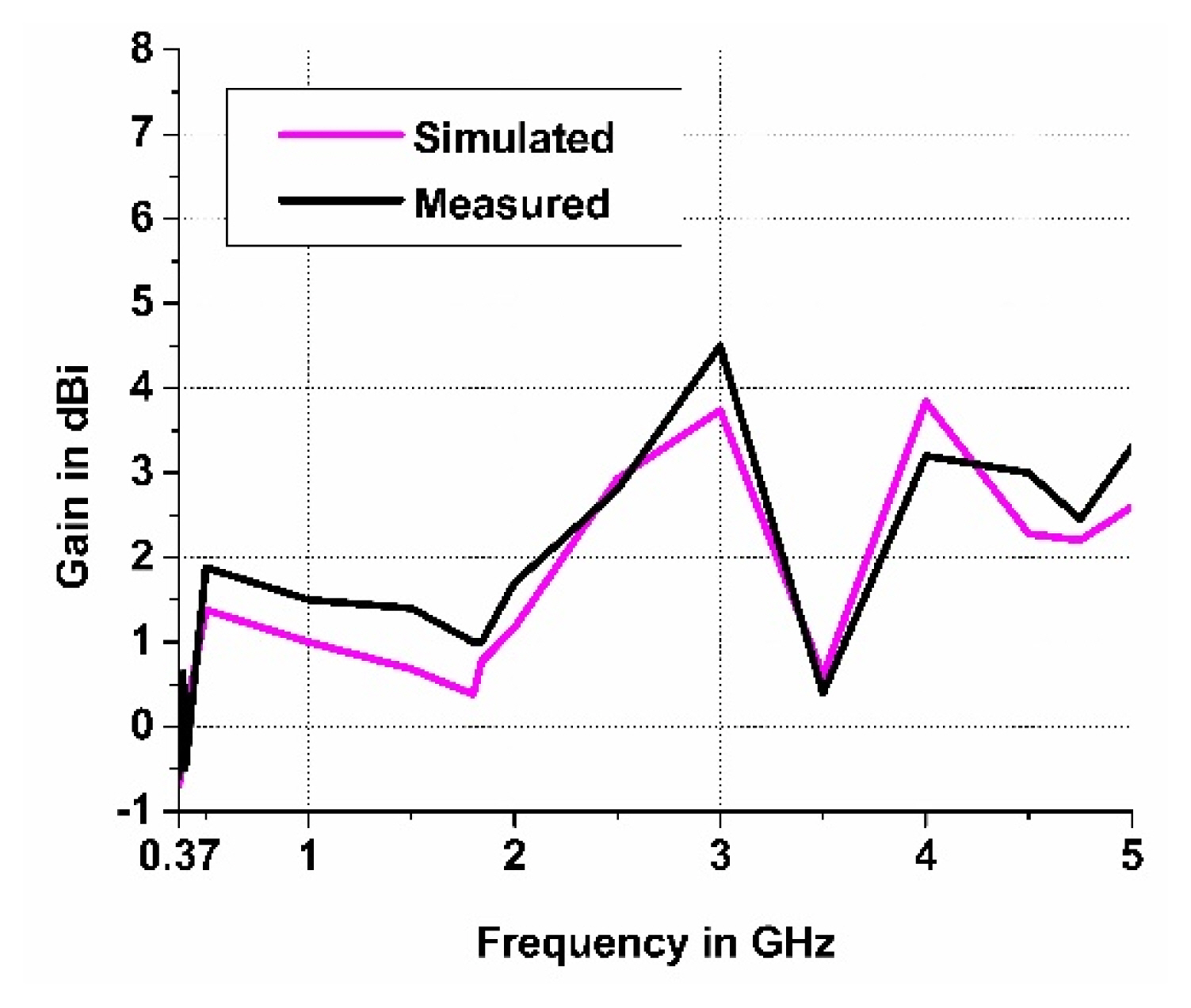1. CA Balanis, Modern Antenna Handbook. New York, NY: John Wiley & Sons Inc, 2003.
2. RC Johnson and H Jasik, Antenna Engineering handbook. New York, NY: McGraw-Hill, 1984.
3. M Ali, SS Stuchly, and K Caputa, "A wide-band dual meander-sleeve antenna," In:
Proceedings of IEEE Antennas and Propagation Society International Symposium (1995 Digest); Newport Beach, CA. 1995.

4. SD Rogers and CM Butler, "Wide-band sleeve-cage and sleeve-helical antennas,"
IEEE Transactions on Antennas and Propagation, vol. 50, no. 10, pp. 1409ŌĆō1414, 2002.

5. KG Thomas, N Lenin, and M Sreenivasan, "Wide-band dual sleeve antenna,"
IEEE Transactions on Antennas and Propagation, vol. 54, no. 3, pp. 1034ŌĆō1037, 2006.

6. B Zhou, Q Liu, and Y Ji, "Research on a novel sleeve antenna and its applications," In:
Proceedings of 2005 IEEE International Symposium on Microwave, Antenna, Propagation and EMC Technologies for Wireless Communications; Beijing, China. 2005, pp 330ŌĆō333.

7. XD Yang, YS Li, QT Li, and CY Liu, "Analysis and experimental investigation on a novel wideband sleeve dipole array antenna,"
AEU-International Journal of Electronics and Communications, vol. 65, no. 4, pp. 373ŌĆō376, 2011.

8. CB Ravipati and CJ Reddy, "Low profile disk and sleeve loaded monopole antennas," In:
Proceedings of 2005 IEEE Antennas and Propagation Society International Symposium; Washington, DC. 2005, pp 160ŌĆō163.

9. E Ghafari and DN Aloi, "Top-loaded UWB monopole antenna for automotive applications," In:
Proceedings of the 2012 IEEE International Symposium on Antennas and Propagation; Chicago, IL. 2012, pp 1ŌĆō2.

10. O Manoochehri, MA Salari, and A Darvazehban, "A short broadband monopole antenna,"
AEU-International Journal of Electronics and Communications, vol. 83, pp. 240ŌĆō244, 2018.

11. W Mazhar, FA Tahir, and FA Bhatti, "High-power broadband-loaded monopole antenna with sleeve ground plane for portable applications,"
Journal of Electromagnetic Waves and Applications, vol. 28, no. 7, pp. 802ŌĆō814, 2014.

12. ZD Wu, FY Meng, J Hua, and ML Chen, "Broadband sleeve monopole with very small ground impedance matching network and resistive load," In:
Proceedings of 2012 5th Global Symposium on Millimeter-Waves; Harbin, China. 2012, pp 88ŌĆō91.

13. C Jin, F Guang, and W Guang-de, "A miniaturized loaded open sleeve antenna," In:
Proceedings of 2007 International Symposium on Microwave, Antenna, Propagation and EMC Technologies for Wireless Communications; Hangzhou, China. 2007, pp 523ŌĆō526.

14. B Yuan, N Liu, T Peng, S Lang, C Li, and T Zeng, "A study of dual-sleeve broadband antenna based on end-loaded technology," In:
Proceedings of 2014 IEEE Antennas and Propagation Society International Symposium (APSURSI); Memphis, TN. 2014, pp 197ŌĆō198.

15. S Wang, SX Gong, and PF Zhang, "A novel dual-sleeve antenna unrelated with ground," In:
Proceedings of the 9th International Symposium on Antennas, Propagation and EM Theory; Guangzhou, China. 2010, pp 205ŌĆō208.

16. YX Zhang, ZY Zhang, G Fu, and L Yang, "Research on a novel wide-band sleeve antenna," In:
Proceedings of 2014 31th URSI General Assembly and Scientific Symposium (URSI GASS); Beijing, China. 2014, pp 1ŌĆō4.

17. T Khumanthem, SD Ahirwar, C Sairam, and A Kumar, "Design of broadband rectangular sleeve dipole antenna covering 850ŌĆō2500 MHz," In: Proceedings of 2008 International Conference on Recent Advances in Microwave Theory and Applications; Jaipur, India. 2008, pp 492ŌĆō494.
18. T Jiang, C Su, CY Liu, and YS Li, "A novel multi-sleeve antenna for mobile communications applications," In:
Proceedings of 2010 6th International Conference on Wireless Communications Networking and Mobile Computing (WiCOM); Chengdu, China. 2010, pp 1ŌĆō3.

19. ZY Zhang, G Fu, SX Gong, SL Zuo, and QY Lu, "Sleeve monopole antenna for DVB-H applications,"
Electronics Letters, vol. 46, no. 13, pp. 879ŌĆō880, 2010.

20. SL Zuo, YZ Yin, ZY Zhang, and K Song, "Enhanced bandwidth of low-profile sleeve monopole antenna for indoor base station application,"
Electronics Letters, vol. 46, no. 24, pp. 1587ŌĆō1588, 2010.

21. C SaiRam, D Vakula, and M Chakravarthy, "Design of compact broadband omni directional canonical sleeve antenna covering 500ŌĆō3600 MHz,"
Advanced Electromagnetics, vol. 7, no. 2, pp. 53ŌĆō59, 2018.

22. C Duncan and E Lule, "Half disc element dipole antenna," In:
Proceedings of 2005 IEEE Antennas and Propagation Society International Symposium; Washington, DC. 2005, pp 189ŌĆō192.

23. Y Gao and H Lu, "A novel co-planar waveguide-fed direct current wide band printed dipole antenna,"
Traitement du Signal, vol. 36, no. 3, pp. 253ŌĆō257, 2019.






